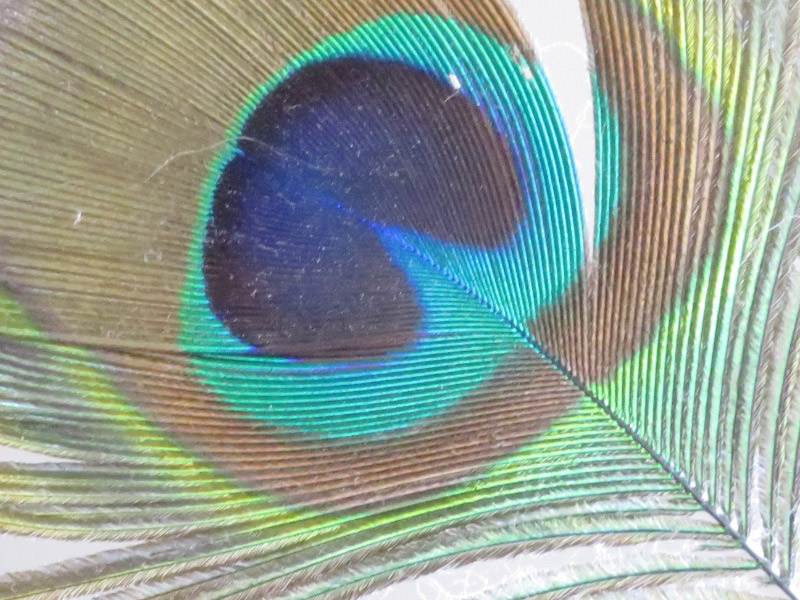Gleanings of the Week Ending February 25, 2017
/The items below were ‘the cream’ of the articles and websites I found this past week. Click on the light green text to look at the article.
Busy Bees: Patterns of pollen and nectar foraging specialization by bumblebees over multiple timescales using RFID – At the top of my list this week…the paper (link is at the bottom of this post), is authored by my son-in-law and daughter!
Automatically darkening windows in a wide range of colors – Maybe insulating drapes will not be needed in the future…although I like the idea of windows that generate power rather than just changing color.
From Vector to Zoonotic: A Glossary for Infectious Diseases – Some of these words are used in news stories without definition….how strong is your knowledge of what they really mean?
How Blizzards and Extreme Cold Impact Birds – We haven’t had any extreme cold in our area this winter….but it may be happening somewhere. This article talks about the studies about how birds cope with the cold; some succumb to the cold itself and some starve because their food source becomes unavailable.
Why Killer Viruses are on the Rise – An outcome of our increasing impact on environments that previously were wildlife habitats.
Winning images of the Underwater Photography of the Year Contest – Eye candy…but educational too.
NASA’s Osiris REx takes its first image of Jupiter – We saw Osiris REx launched last September so I always take a look at any new news about it.
Torpid Turtles, Tortoises, and Terrapins – Examples from turtles in the US…several are common enough in Maryland that I’ve seen them.
The oldest grave of the Netherlands, “Trijntje” – A facial reconstruction of a woman buried 7500 years ago.
The Feather Atlas – A feather reference. I hope I remember this exists the next time I find an interesting feather!





























